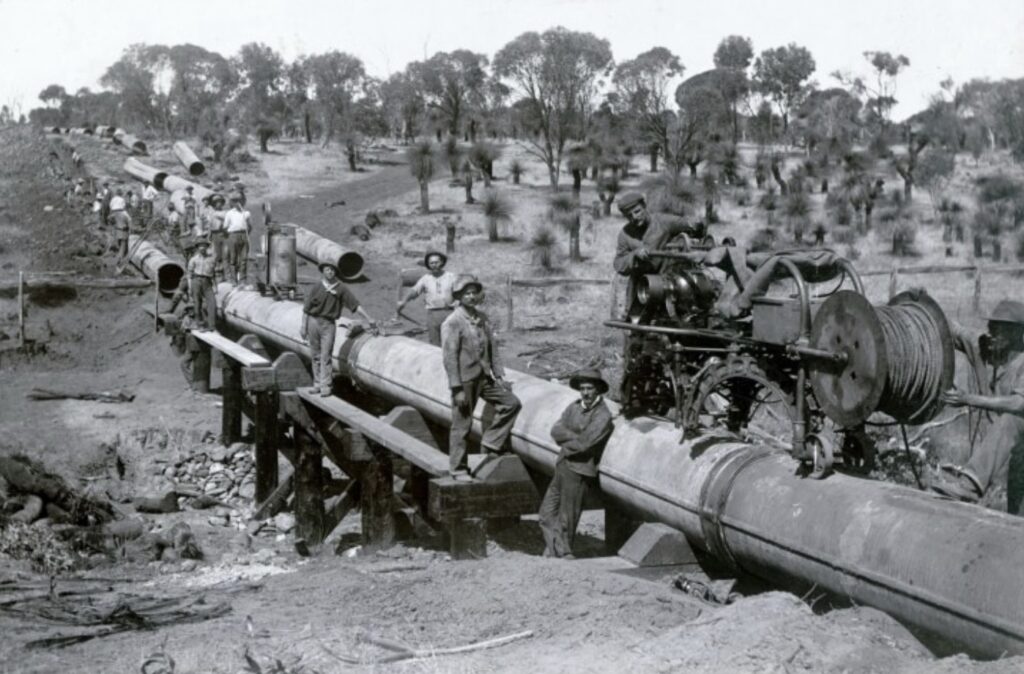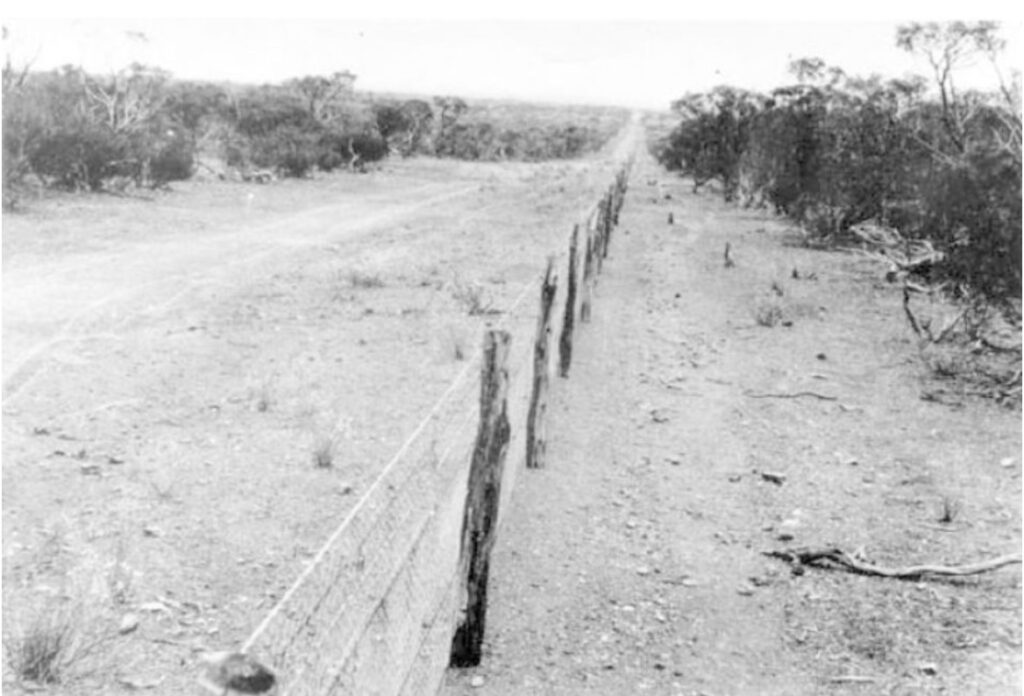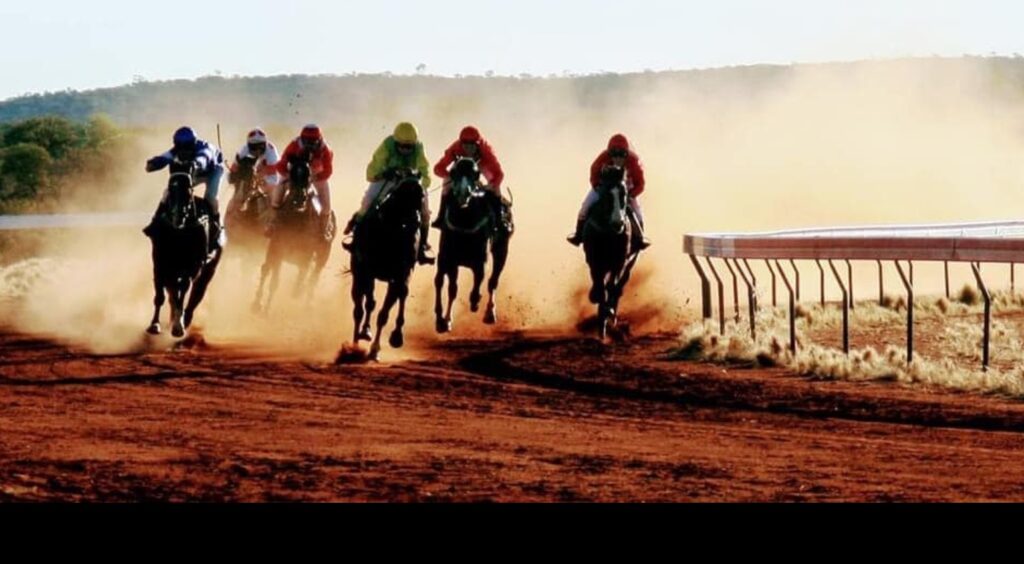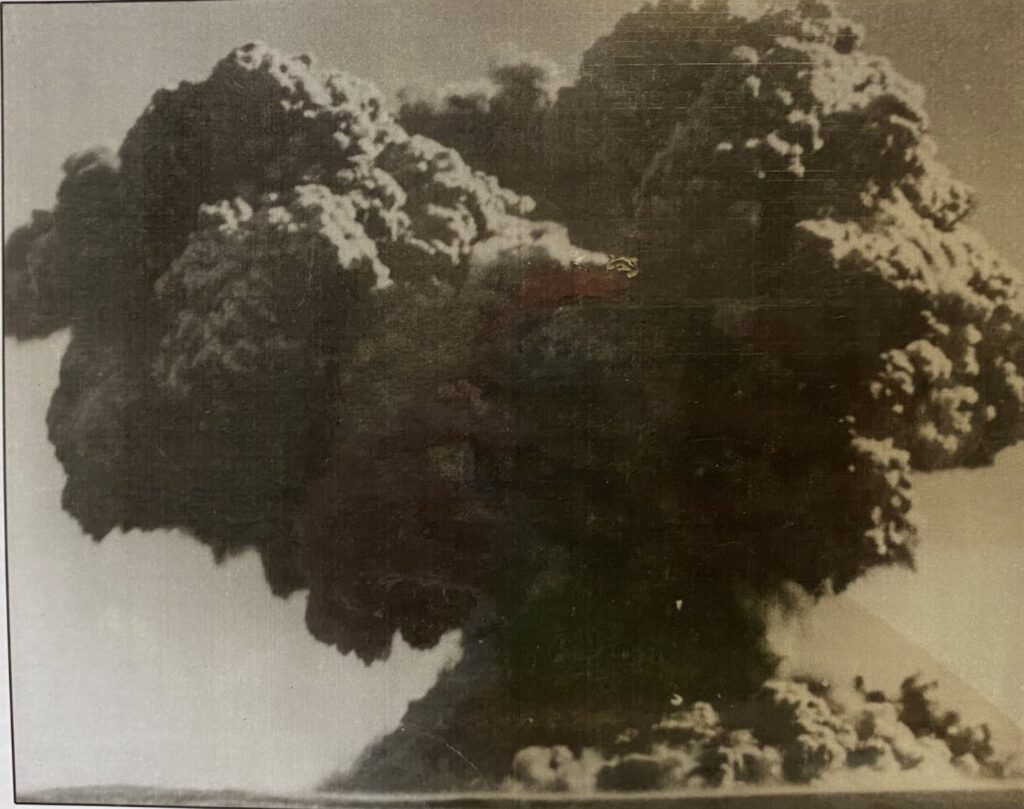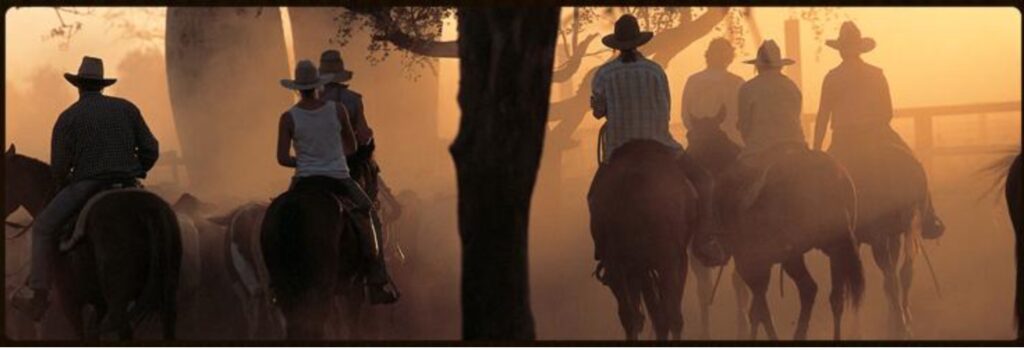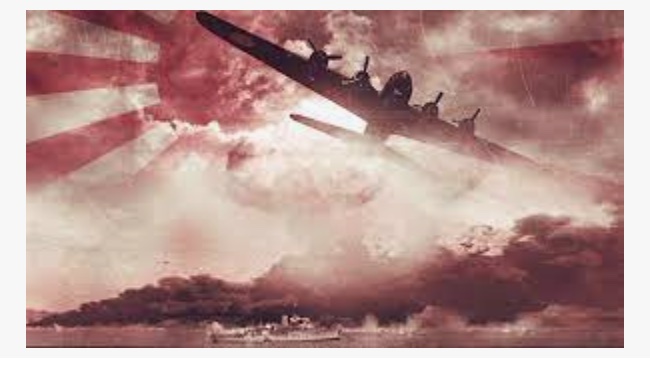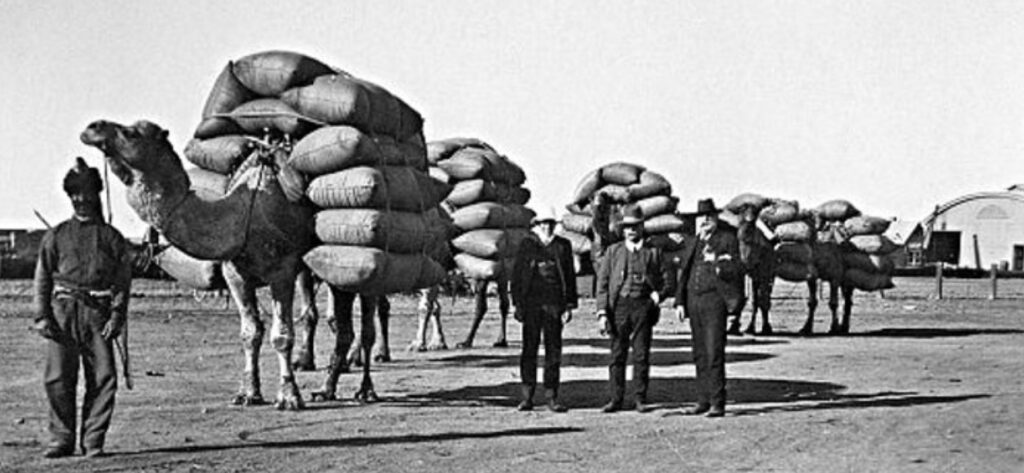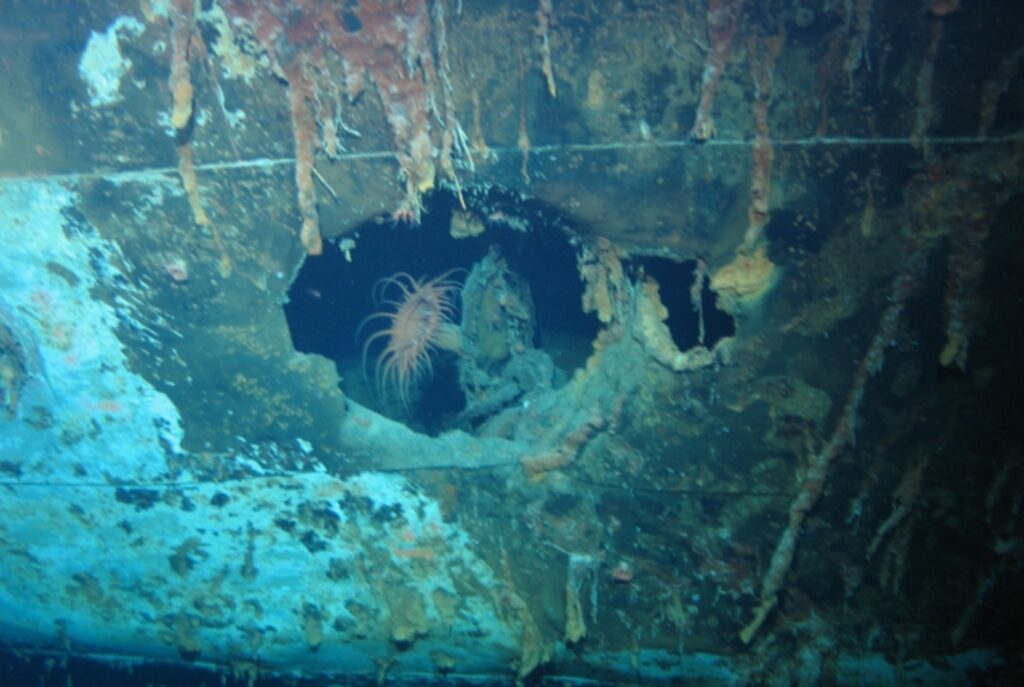The insect that created the Aussie salute
Flies! Damn flies! Everywhere in Australia, there are flies. Some areas have more than their fair share of annoying flies.
Sometimes it can be impossible to do anything outside without applying something to ward them off. This is because they are so persistent in trying to land on us. Unfortunately, all we can do is feebly adopt the Aussie salute to try and deter them from our face.… Read more

